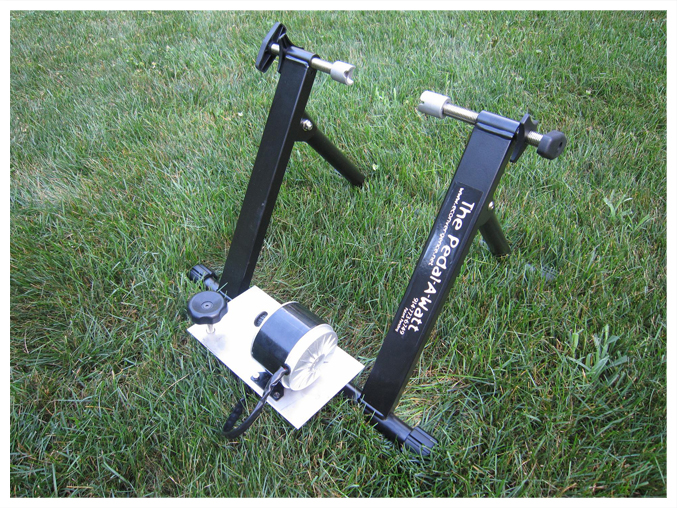Recently our workplace stopped supporting the Blackberry and moved to iPhone 5. This is now the only supported smartphone for getting corporate email.
While I am always excited to get a new device, I am already missing my Blackberry Bold. What do I miss the most?
While I am always excited to get a new device, I am already missing my Blackberry Bold. What do I miss the most?
- Speed dial. I had several buttons programmed to dial with one long press. Speed dialing did not need me to touch the screen, swipe, or use voice control. Thus I could press the H key for home, the D key for dad etc. The iPhone since it lacks a physical keyboard can not have this functionality. Yes one can use Siri or create favorites or even do some workarounds using "xxx-xxxxxxx.tel.qlnk.com" but nothing even gets close to the simplicity of having a single key press for speed dial.
- The trackpad: This is probably one of the most brilliant features of the BB. While it had a touchscreen, the trackpad made it almost unnecessary to touch the screen. One could navigate the cursor precisely to the necessary spot and click the exact spot you wanted. One could swipe, scroll etc without touching the screen. This made it a very simple one-handed operation. The iPhone 5 being a particularly taller screen makes it harder to reach all navigation areas with the thumb while hold the phone in the palm and fingers.
- Zooming a video: While the iPhone has a somewhat non-intuitive pinch to zoom function for the camera it does not appear to have this for the video which seems quite an important omission for a 500+ dollar device that claims to have the best camera on any smartphone. Yes there are apps that enable video zooming but IMHO this should be a built in functionality.
- The form factor: The fact that a lot of navigation controls are near the top e.g. the email navigation buttons; and the home button is near the bottom means the phone has to be moved around in the palm to reach these. The phone is just too tall for one handed operation and too narrow to feel secure holding it in the palm/fingers. Due to the insecure grip, a case is a must which means there is no point to the gorgeous look? Never even thought about getting a case for the BB as it was secure in the palm and just the right width.
- The BB magnetic holster: It is possible on the BB to set up certain profiles/behaviors based on whether the device is in the holster or outside. This would also save battery life by automatically putting the screen to sleep/locking the device when placed in the holster.

























